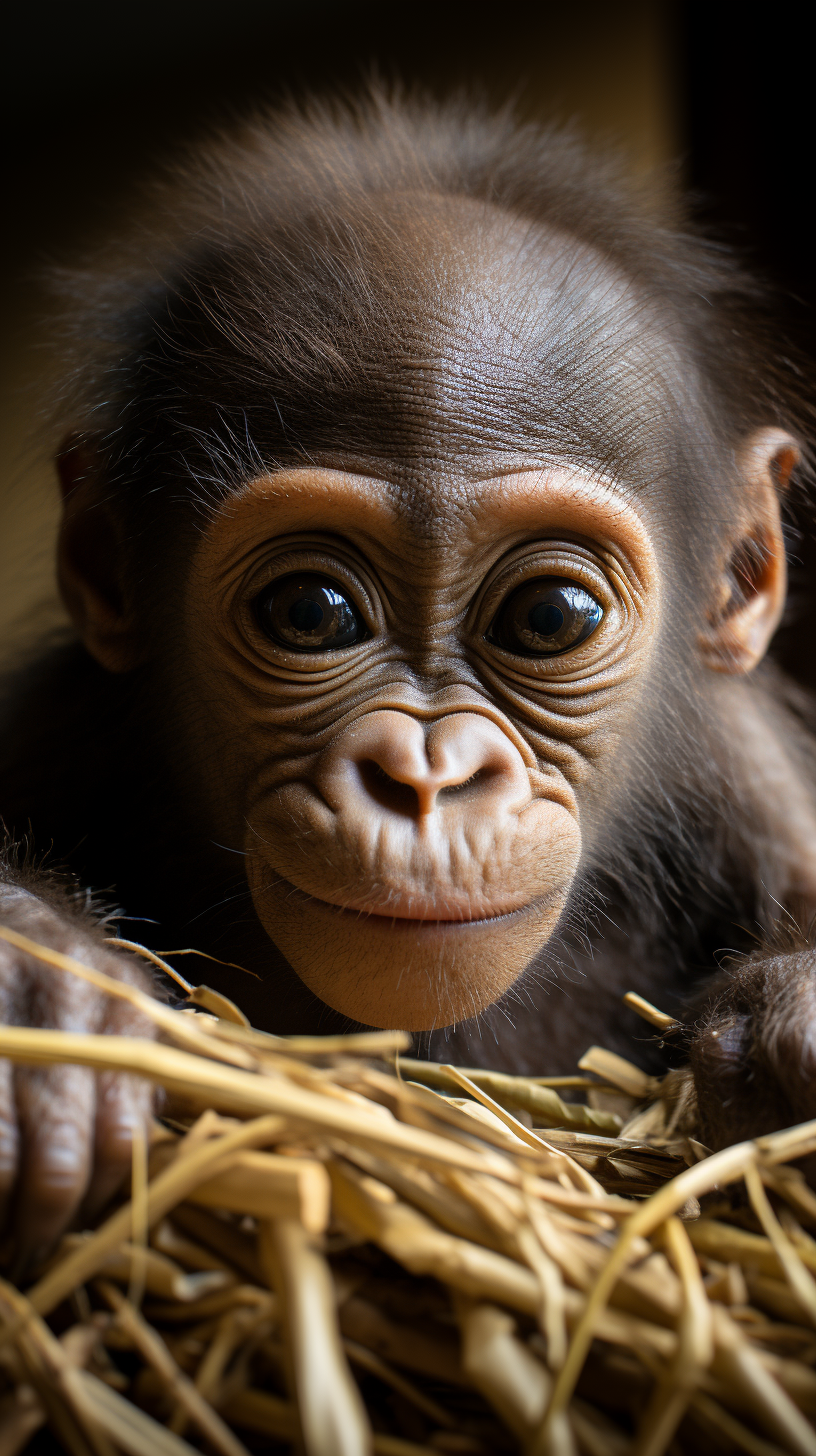Colo, the world’s first gorilla born in captivity, holds a special place in the history of zoology. Her birth on December 22, 1956, at the Columbus Zoo and Aquarium in Ohio marked a significant milestone in understanding the reproductive biology of gorillas. This event not only provided valuable insights into the care and conservation of this critically endangered species but also paved the way for future advancements in captive breeding programs.
Colo’s birth brought immense excitement and curiosity among scientists, researchers, and the general public. It was a groundbreaking moment that showcased the potential for successful gorilla breeding in captivity. The zookeepers and staff at the Columbus Zoo were overjoyed by the arrival of Colo, as it was a testament to their dedication and hard work in creating a suitable environment for these magnificent creatures.
Colo’s mother, Millie, was also born in captivity at the Columbus Zoo, making her the first gorilla to be raised in a zoo setting. This unique lineage of captive-born gorillas added to the significance of Colo’s birth, as it demonstrated the possibility of sustaining a healthy gorilla population outside their natural habitat.
The successful upbringing of Colo in captivity provided valuable insights into the reproductive biology and behavior of gorillas. It allowed scientists and researchers to observe and study the various stages of gorilla development, from birth to adulthood. This knowledge proved crucial in developing effective conservation strategies for the species, as it shed light on their dietary needs, social interactions, and overall well-being.
Colo’s birth also highlighted the importance of zoos in conservation efforts. By providing a safe and controlled environment, zoos play a vital role in preserving endangered species and raising awareness about their plight. Colo became an ambassador for her species, captivating visitors with her charm and unique personality.
Throughout her life, Colo continued to make significant contributions to gorilla conservation. She became a mother herself, giving birth to three offspring, all of whom played a crucial role in expanding the captive gorilla population. Her descendants can now be found in zoos across the world, ensuring the genetic diversity and long-term survival of the species.
The birth of Colo not only revolutionized our understanding of gorilla reproduction but also inspired future research and conservation efforts. It served as a catalyst for the development of advanced breeding programs and improved husbandry practices in zoos worldwide. Colo’s legacy lives on, reminding us of the importance of preserving and protecting these magnificent creatures.
To learn more about the birth of Colo and the significance it holds in zoological history, you can refer to the following external references:
- Columbus Zoo and Aquarium
- Smithsonian’s National Zoo and Conservation Biology Institute
- IUCN Red List: Western Gorilla
The birth of Colo, the first gorilla born in captivity, was a momentous occasion that forever changed our understanding of these incredible creatures. It serves as a reminder of the importance of conservation efforts and the role that zoos play in preserving endangered species. Colo’s legacy will continue to inspire future generations to protect and care for the magnificent gorillas that share our planet.
SEO Excerpt:
Colo, the world’s first gorilla born in captivity, was born at the Columbus Zoo and Aquarium in Ohio on December 22, 1956. Her birth revolutionized our understanding of gorilla reproduction and paved the way for advancements in captive breeding programs. Learn more about the significance of Colo’s birth and its impact on gorilla conservation.

